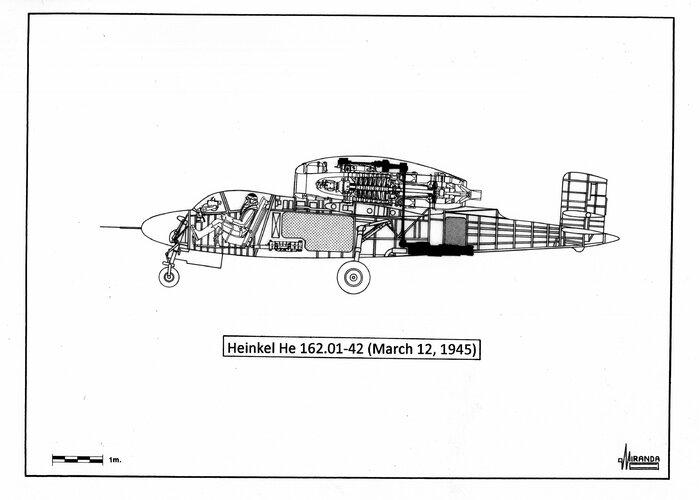Bonjour à tous je voulais vous montrer mes derniers montages au 1/72 des kits de chez AZmodel que j'ai modifiés pour en faire des projets tous les camouflages sont de mes idées
 [ /url]
[ /url]
[url=https://servimg.com/view/20046360/1979] [ /url]
[ /url]
[url=https://servimg.com/view/20046360/1894] [ /url]
[ /url]
[url=https://servimg.com/view/20046360/1896] [ /url]
[ /url]
[url=https://servimg.com/view/20046360/1879] [ /url]
[ /url]
[url=https://servimg.com/view/20046360/1878] [ /url]
[ /url]
[url=https://servimg.com/view/20046360/1877] [ /url]
[ /url]
[url=https://servimg.com/view/20046360/1876] [ /url]
[ /url]
j'ajoute le mistel 5 un kit toujours au 1/72 de chez Dragon
[url=https://servimg.com/view/20046360/1964] [ /url]
[ /url]
[url=https://servimg.com/view/20046360/1960] [ /url]
[ /url]
[url=https://servimg.com/view/20046360/1948] [ /url]
[ /url]
[url=https://servimg.com/view/20046360/1945] [ /url]
[ /url]
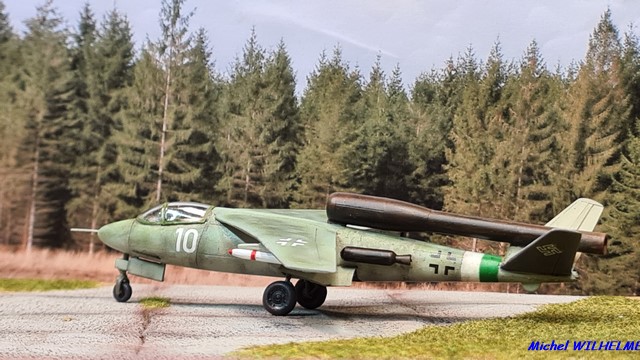 [ /url]
[ /url][url=https://servimg.com/view/20046360/1979]
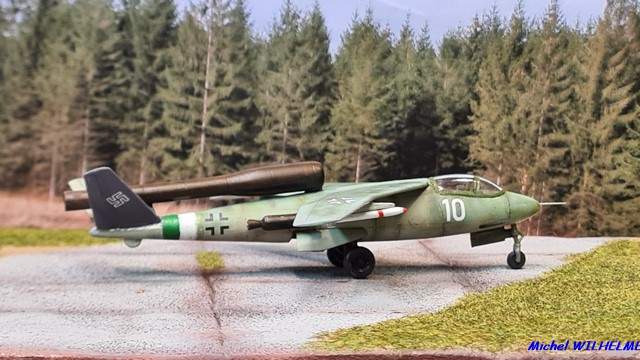 [ /url]
[ /url][url=https://servimg.com/view/20046360/1894]
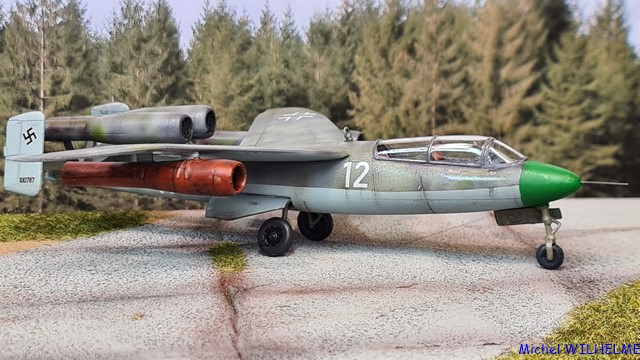 [ /url]
[ /url][url=https://servimg.com/view/20046360/1896]
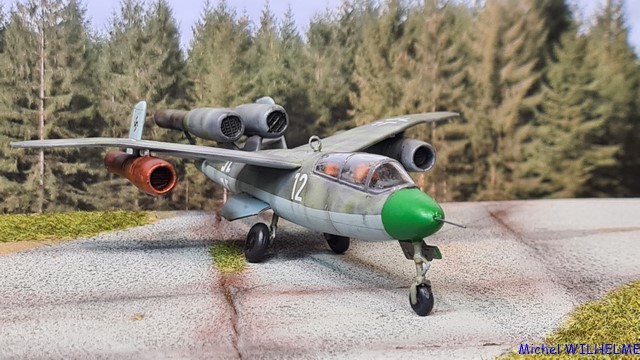 [ /url]
[ /url][url=https://servimg.com/view/20046360/1879]
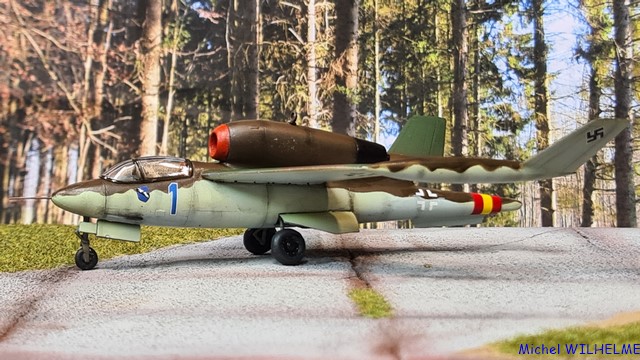 [ /url]
[ /url][url=https://servimg.com/view/20046360/1878]
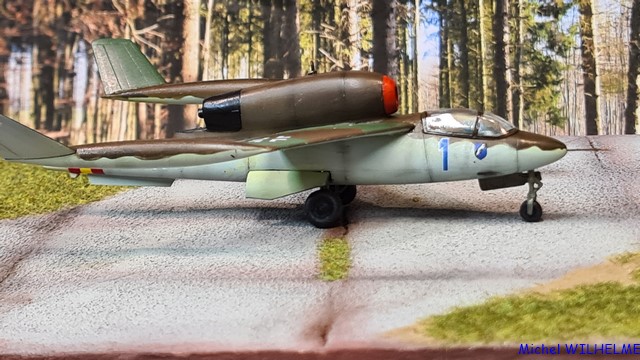 [ /url]
[ /url][url=https://servimg.com/view/20046360/1877]
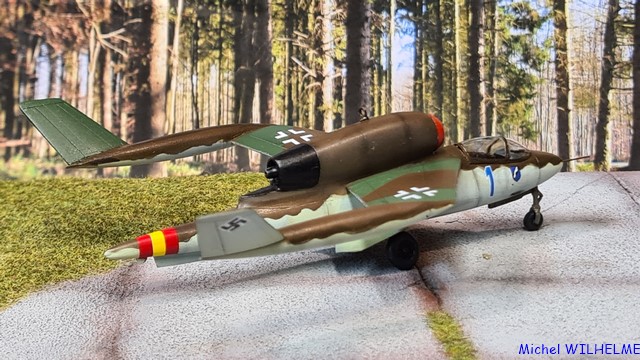 [ /url]
[ /url][url=https://servimg.com/view/20046360/1876]
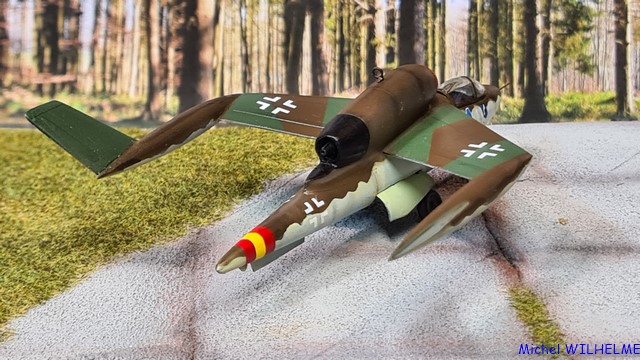 [ /url]
[ /url]j'ajoute le mistel 5 un kit toujours au 1/72 de chez Dragon
[url=https://servimg.com/view/20046360/1964]
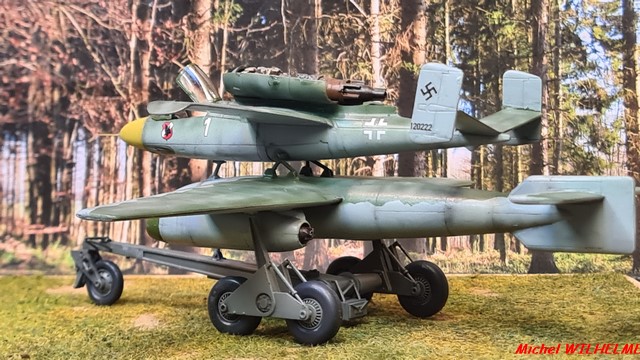 [ /url]
[ /url][url=https://servimg.com/view/20046360/1960]
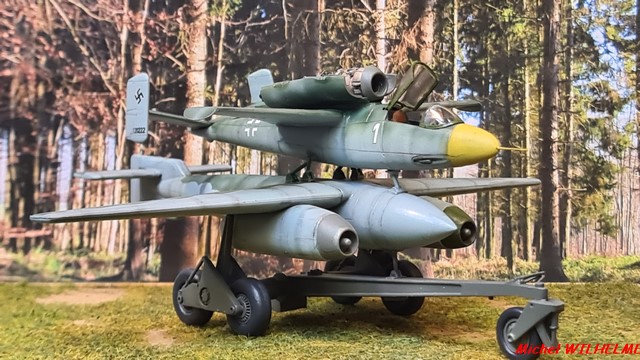 [ /url]
[ /url][url=https://servimg.com/view/20046360/1948]
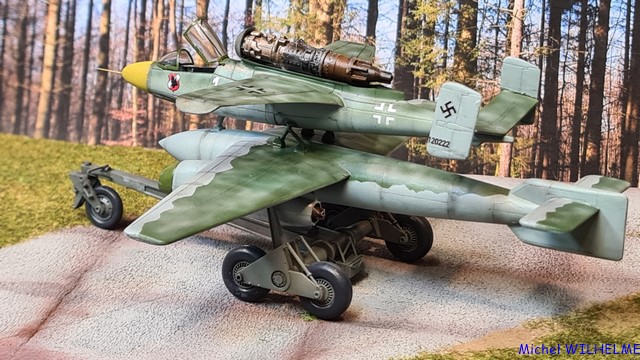 [ /url]
[ /url][url=https://servimg.com/view/20046360/1945]
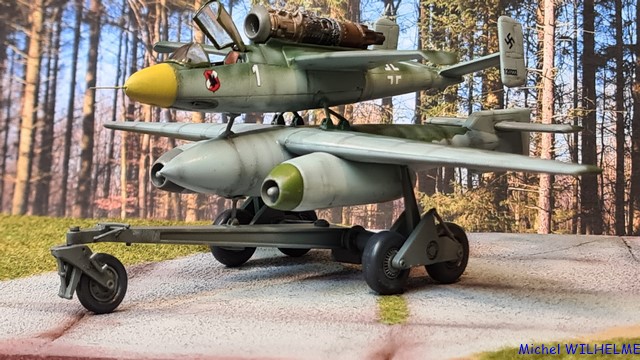 [ /url]
[ /url]
